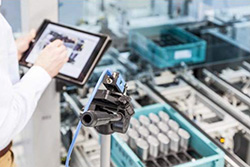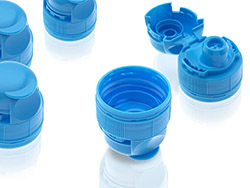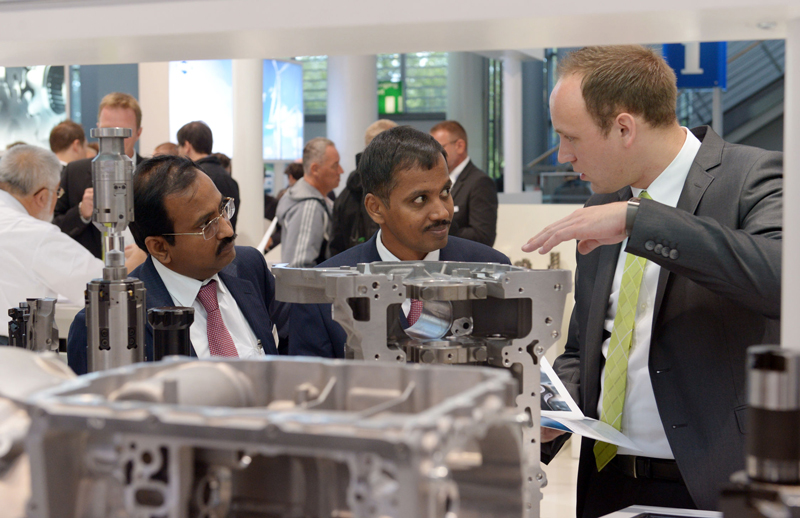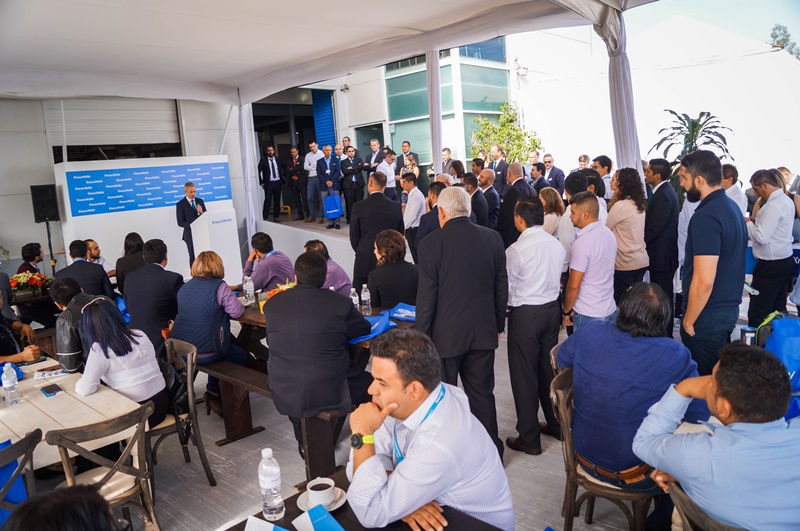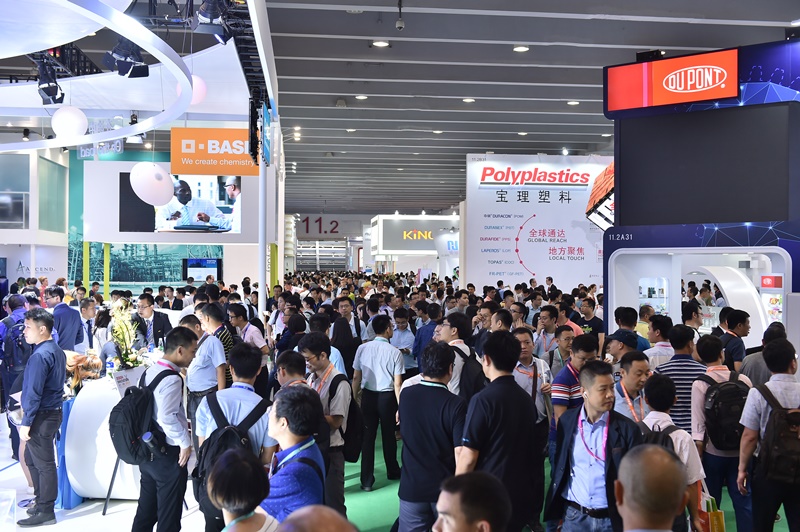The additive manufacturing(AM) industry is thriving.The global value of the AM market is expected to triple between 2004 and 2018, and hit 17.9 bn EUR by 2021. Applications in the aerospace and medical sectors have reached already industrial series production, while industries like the automotive are moving beyond prototyping functionalities. Innovation is spanning across the entire value chain, as new developments characterize materials supply, machine manufacturing, software equipment and services provision. The International Conference on Additive Manufacturing organized by CECIMO at EMO Hannover 2017 aims to highlight some of the most relevant innovations. Taking place on 21 September 2017 from 09:45 to 12:30, the event will showcase the ambitious objective of initiatives such as KRAKEN, an EU project aiming to create a multi-material, hybrid and automated machine for a fast and cost-effective production of components up to 20 meters long.The conference will also give insights into new machine manufacturers' initiatives to boost knowledge and confidence in AM technology among end-users,as well as new solutions in the CAM environment for hybrid manufacturing. Confirmed speakers at the conference are Güngör Kara(Director of Global Application and Consulting at EOS GmbH), Steve Youngs(Development Director at VERO Software Ltd.), Marc Saunders(Director of Global Solutions Centres at Renishaw plc), José Antonio Dieste(Head of the Mechatronic Department at AITIIP and Senior Mechanical Engineer) and Coen DeGraaf(Project Leader Vanguard Initiative, South-Netherlands). More information and the link to registration can be found on the event page:http://www.cecimo.eu/site/additive-manufacturing/international-conference-on-additive-manufacturing-at-emo/About CECIMOCECIMO is the European Association representing the common interests of the Machine Tool Industries globally and at EU level. We bring together 15 National Associations of machine tool builders, which represent approximately 1300 industrial enterprises in Europe (EU + EFTA +Turkey), over 80% of which are SMEs. CECIMO covers 98% of total Machine Tool production in Europe and about 36% worldwide. It accounts for almost 150,000 employees and a turnover of more than €24 billion in 2016. Approximately 75% of CECIMO production is shipped abroad, whereas around half of it is exported outside Europe. CECIMO assumes a key role in determining the strategic direction of the European machine tool industry and promotes the development of the sector in the fields of economy, technology and science. For more information visit www.cecimo.eu For further media enquiries:Contact person: Filip Geerts, Director GeneralTel +32 2 502 70 90 / Fax +32 2 502 60 82 filip.geerts@cecimo.eu
Ms. Kang
2017-08-24














